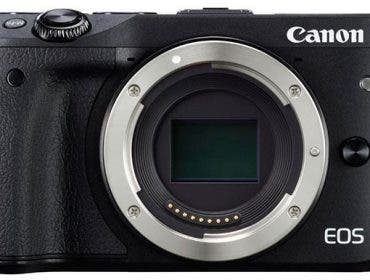The Sigma DP-1 Merrill, the latest version of Sigma’s groundbreaking compact digital camera delivers category-leading image quality. Is that enough?

The journey that led to the Sigma DP-1 Merrill has been a long, influential one. Six years ago (an incredibly long time in the world of digital cameras) Sigma presented the world a camera that could only be described as groundbreaking. Sigma imagined a world in which a high quality, large sensor prime lens point and shoot was just what the world was waiting for. They were ridiculed. “Who would want so expensive a camera?” some asked, some even wondered if the market even needed or wanted such a camera. Looking at the market today Sigma pretty much proved to be a digital prophet. The original Sigma DP1, while flawed, proved to be an accurate prediction of the direction the market would go.
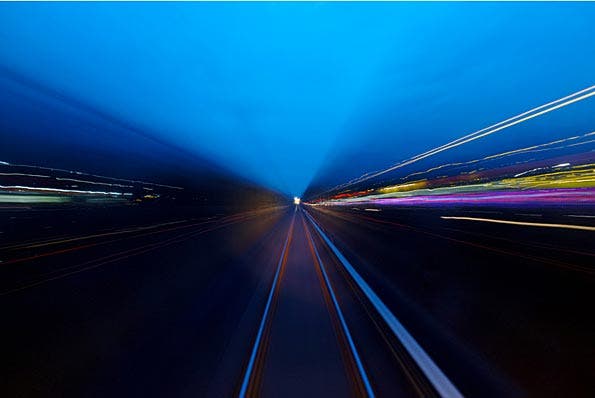
Sigma DP1 Merrill, ISO 100, /16 at 30 Seconds.
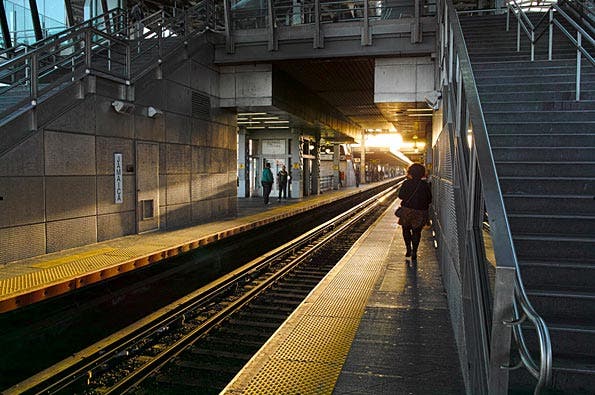
Sigma DP1 Merrill, ISO 320, f/5.6 at 1/50th Second.Six years later, Canon, Leica, Fuji, and Sony all have digital cameras in this market, or have announced that they’re on the way. APS-C-or-larger-sensored point-and-shoots are now the trend and most desirable cameras among knowledgeable photographers. From the Canon G1X, Fujifilm X100, and Leica X2, to the the soon-to-be-available, full-frame Sony RX1, one wonders what became of the Sigma DP Series. What happened to the cameras that created this market sector? Well, Sigma hasn’t stood still. They bought Foveon, the manufacturer of the unique sensor used in the DP and SD series cameras, and have carefully redesigned and upgraded the DP series. I had the pleasure of testing the new DP1 Merrill. Did Sigma improve this legendary camera to compete with its modern equivalents? Read on!
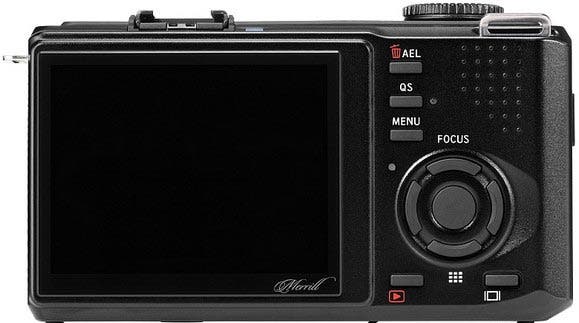
Is it really 46 megapixels?One cannot discuss any Sigma camera without first talking about the unique Foveon sensor technology at the heart of these cameras. All Sigma cameras currently use the same Foveon X3 sensor. Foveon sensors work very differently than the sensors currently in use in every other camera on the market. Sigma describes the DP1 Merrill’s sensor as “46 MP.” Is this accurate? Yes and No. The best way to describe the current sensor is this: It is a 15.3 megapixel sensor that captures 46 megapixels of data. Confusing, isn’t it?
Unlike every other sensor out there, Foveons are very different. A standard sensor is one layer of silicon with a special filter over it known as a Bayer Pattern Filter to help determine what the colors are. On your typical sensor (lets use a 15MP sensor as an example), of those 15 megapixels, nine of them are green, three are red and three are blue sensitive. The colors at the other pixel sites are determined based on luminosity.

Sigma DP1 Merrill, ISO 100, f/5 at 1/640th Second.
Foveon’s sensors, however, are best described as three layers of silicon. At each photo site of the 15.3 megapixels of a Foveon sensor light passes through all three layers and provides Red, Green and Blue color data. This basically means that at each pixel there is accurate and true red, green and blue information. 15.3 megapixels of each channel is created for the image. That is a total of roughly 46 megapixels of data in each Foveon file. This also allows for the removal of the infamous Anti-Alias filter from the sensor, allowing for the recording of a lot more detail than the standard Bayer Pattern sensor.
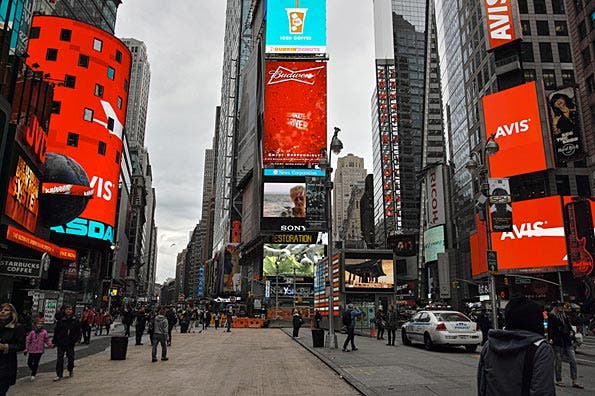
Sigma DP1 Merrill, ISO 200, f/3.2 at 1/800th second.That said, under the right conditions (something we will discuss in a bit) nothing in its price range has IQ as good as the Sigma DP1 Merrill (and, by extension, the DP2 Merrill) at all. It is a no contest. This little camera under the right conditions provides IQ and Detail as good as a medium format camera like the Pentax 645D or a Nikon D800E. Nothing else can match it at its sensor size. There are drawbacks to the Foveon technology, but before we get to that let us discuss the operational aspects of the DP1 Merrill.
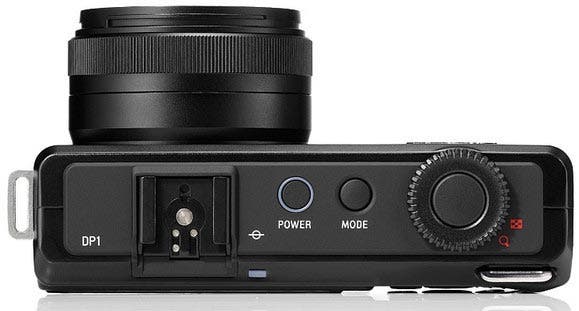
Working with the DP1 MerrillSigma DP1 Merrill, ISO 100, f/9 at 1/125th Second.If you are familiar with the original Sigma DP1, the first thing you notice is the larger size and heft of the new Sigma DP1 Merrill. Initially, it felt a little uncomfortable, but I got used to the new size quite quickly. A big improvement is the new command dial surrounding the shutter button. Also, a new feature is a very responsive focusing ring on the lens. While a fly by wire affair, it is far more responsive than the manual focus ring on the Fuji X100. Also the DOF scale on the screen of the DP1 Merrill is accurate for its 19mm focal length. If you shoot using zone focus this makes the DP1 Merrill an effective street tool.
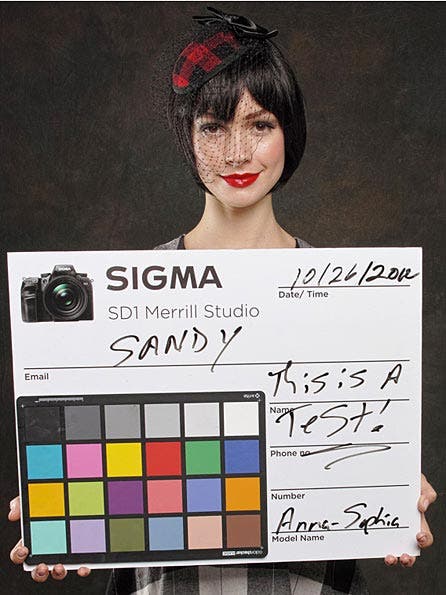
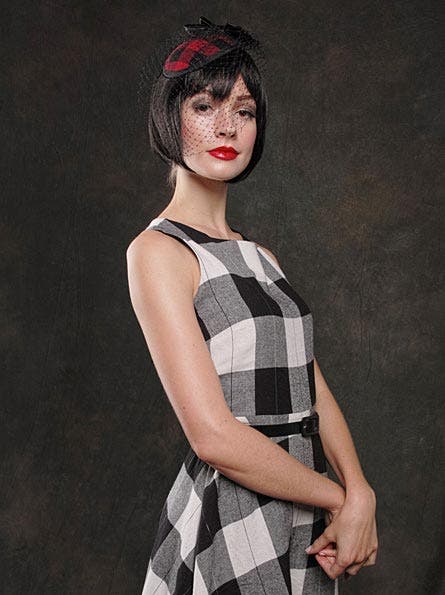
Sigma DP1 Merrill, ISO 200 f3.2 1/50th Second Exposure.The original Sigma DP1’s greatest drawback was its autofocus. The new Sigma DP1 Merrill’s autofocus is much improved. While not as fast as a Nikon V1 or Olympus OM-D, it is certainly a lot faster than the typical fauxtographer would lead you to believe. Under good light it has a very snappy AF, much faster than the Leica X2 and a just a bit slower than the Fujifilm X100 when running on the latest firmware (see my review of the X100 with the latest firmware update). Where the AF fails is in near total darkness. It also slows down in scenes that have low contrast as well, which is to be expected with a Contrast Detect AF system. Unless you are someone who tries to shoot black cats in a coal mine using only a half-watt bulb on its last leg to light the scene, the DP1 Merrill will be fine under the vast majority of conditions under which one would use this camera.
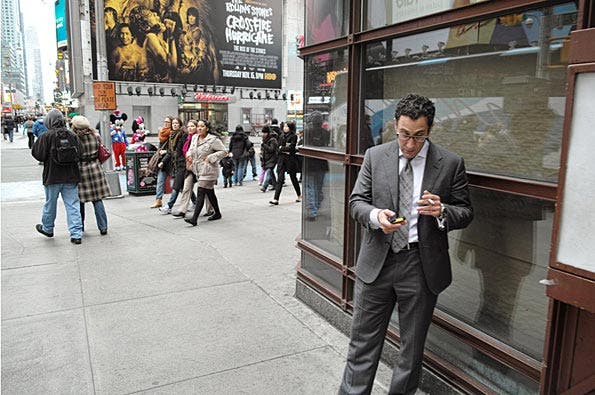
Sigma DP1 Merrill, ISO 200, f/3.2 at 1/400th Second.The rear screen is quite good, even in bright sunlight. This is very important, as the DP1 Merrill does not have a built-in viewfinder or a port for a clip-on EVF. Unless you are willing to use an optical viewfinder like a Voigtlander 28mm viewfinder VTVF28BM (available at Adorama, and the one I used while reviewing the camera) that rear screen is your only compositional aid. I recommend the viewfinder route because the one thing that has not improved is battery life. The DP1 Merrill ships with two batteries, and for good reason. Under heavy street use the two batteries lasted about two and half hours of shooting. I’m feel confident that if I had used the rear screen instead of the optical viewfinder the battery life would have been even shorter.
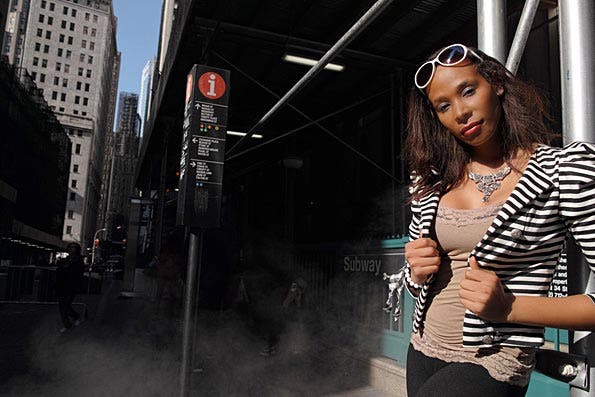
Singer Demi Davis, shot with Sigma DP1 Merrill, ISO 100, f/4 at 1/800th Second.
Wake-up time is as good as any DSLR from sleep, and is far better than any point and shoot, but this taxes the battery even more. Sigma has taken the DP series and made them very responsive but now needs to improve battery life to match. If you do like using a 28mm EFOV lens for street photography, bring extra batteries. The camera now allows a 7 shot buffer in RAW, an improvement, although clearing the buffer is still relatively slow, not a surprise given the huge image file size. In my tests this rarely became an issue so unless you are the spray and pray type, shot-to-shot time is quite good.

Sigma DP1 Merrill, ISO 200, f/3.2 at 1/100th Second.Sigma has really outdone itself with the 19mm f/2.8 lens. At f/2.8 there is a little (not much) softness in the corners. Once you get to f/5.6 it is sharp across the board. Unlike the previous model they have taken a lens designed for mirrorless cameras like the Sony NEX-7 and married it permanently to the DP1 Merrill. Why reinvent the wheel? The only drawback here is that, unlike the previous model, the lens does not retract into the body.
To really get the most out of this camera you must shoot RAW. The JPG engine, while good, is no match for the ones available in the Fuji X100 or Canon G1X. Just shoot RAW and forget JPG even exists. The menu system is typical Sigma, fairly useable; the vast majority of functions that one would change is available via the QS button (QS is for Quick Set), which makes operation of the camera quite easy and fluid. The QS menu items are customizable, so you can quickly set up the camera how you wish and practically never again dive into the menus.

Sigma DP1 Merrill, ISO 100, f/4 at 1/100th Second.The fact that one should treat this as a RAW-only camera brings me to another point. This camera is not for the casual snapshooter. This is a serious photographic tool meant for the advanced users. If you want a camera that shoots a good quality image to post on Facebook, look elsewhere. But if you are looking for a camera that will give you near Medium Format quality that fits in your pocket (albeit a rather large pocket) this is your camera.
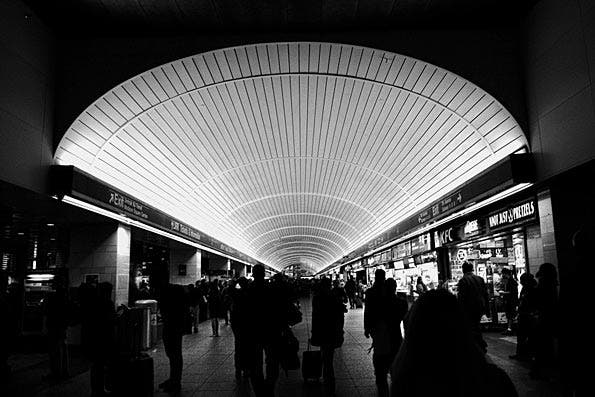
Sigma DP1 Merrill, ISO 400, f/2.8 at 1/80th Second. B&W Conversion via DXO Film Pack 3 Expert.
“Under The Right Conditions”As I mentioned earlier, “under the right conditions” the DP1 Merrill will out perform anything short of a Medium Format Digital Camera in detail and color fidelity. As seen in the 100% crop, below, the resolving power of this system is outstanding. To get this level of detailf, however, one must understand how to get the most out of the Foveon technology. The DP1 Merrill is unforgiving of poor technique.
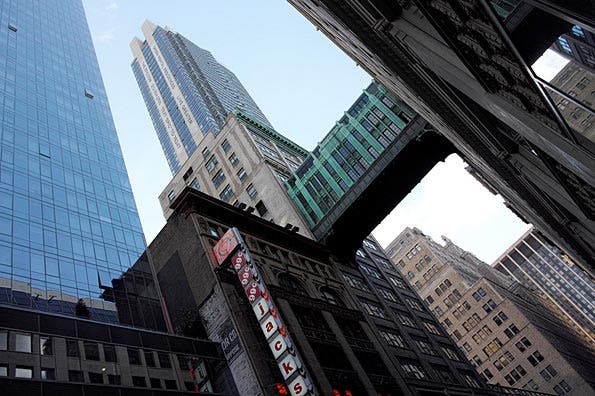
Sigma DP1 Merrill, ISO 100, f/4 at 1/200th Second Exposure; complete image. 100% detail, below:
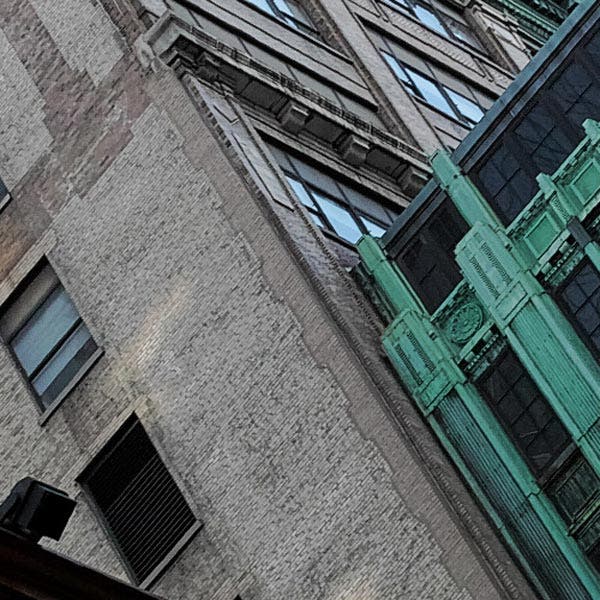
Another issue is the green cast in the shadows when light conditions require more than ISO 400. This was a problem with the original DP Series. I think it can only be solved by making the individual color layers thinner. This way, the photons can penetrate even deeper under low light. This would require a manufacturing breakthrough. If you want to shoot regularly above ISO 400 be ready to do some heavy post work to keep the image in color or simply convert to B&W.That is not to say that you cannot use the higher ISOs on this camera, simply that you do so at your own risk. In studio the sensor performs quite well, providing detailed, crisp, and colorful photos. If Sigma were to produce a camera using this sensor technology at a size that would work in a Medium Format Camera they would have the ultimate image machine for studio photography. Ideal conditions for this sensor are best described as follows; any situations where you can stay close to base ISO or controlled lighting. Low light long exposure cityscapes, landscape under good light, and slight overcast days are all acceptable as long as you do not go above ISO 400 when shooting in color.To work with RAW files, you will need to download Sigma Photo Professional software from the Sigma website. At this writing ACR, Phase One Capture One or DXO Optics Pro 7 do not currently support the new Foveon X3 sensor. SPP does a fine job, but requires a bit of patience to master.
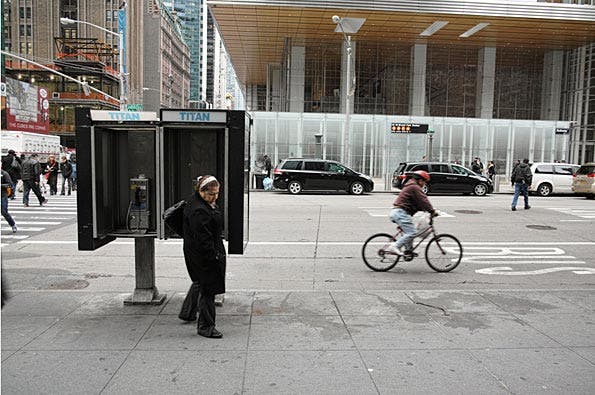
Sigma DP1 Merrill, ISO 200 f3.2 1/60th Second Exposure.Conclusion and recommendationI love the image quality and responsiveness of the Sigma DP1 Merrill. Yes, there is room for improvement when it comes to battery life and working with RAW files, but it is worth it for the amazing, jaw dropping-quality you will get out of the DP1 Merrill. If you are like me, and place image quality above all else there is nothing outside of dragging around a medium format camera that will match it.
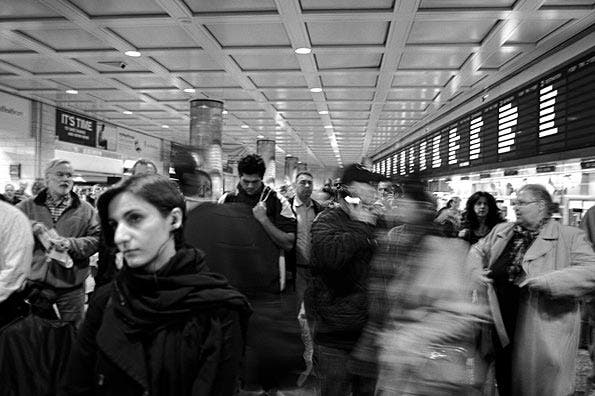
Sigma DP1 Merrill, ISO 200 f2.8 1/4th Second Exposure. B&W Conversion DXO Film Pack 3 Expert As always if you have any additional questions please feel free to comment below and I will happily answer them.



